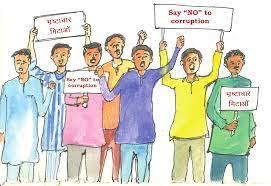Plaint is a legal term used to refer to the initial document or petition that initiates a lawsuit in a court of law. This is the first step in a civil action brought by a plaintiff against a defendant. The plaintiff files the plaint with the court and lists all the case facts. It must state the cause of action and the relief sought by the plaintiff. It is the basis of the lawsuit, and it must be answered by the defendant.

A plaint in civil law is a written statement that outlines the facts and circumstances of a case and the relief that the plaintiff is seeking. It is the first step in starting a lawsuit and must be filed with the court. The plaintiff is responsible for providing the court with a detailed and accurate description of the events that transpired leading up to the lawsuit. In some cases, the plaintiff may also provide evidence to support the claims made in the plaint.
The plaint should include the names of the parties involved in the lawsuit, the facts of the case, the relief sought by the plaintiff, and the legal theories upon which the plaintiff relies. The plaint must be signed and dated by the plaintiff, and should also include a statement that the plaintiff has read and understands the contents of the plaint. The plaint must be filed with the court before the case can proceed.
In some cases, the plaint may be amended before or after it is filed. Amendments to the plaint can be made if the plaintiff wishes to add new facts or theories or if the plaintiff wishes to drop some of the claims. The court will review the amended plaint and determine whether or not it is valid.
Once the plaint is filed, the defendant must respond to it within a certain period of time. The defendant must answer the plaint in writing and state whether they admit or deny the allegations made in the plaint. The defendant must also provide evidence or legal theories supporting their position.
After the plaint and the defendant’s response are filed with the court, the court will review the pleadings and determine whether or not the case should proceed. If the court determines that the case should proceed, it will set a date for a hearing or trial.
The purpose of a plaint in a civil action is to provide the court with an accurate description of the facts and circumstances of the case and the relief sought by the plaintiff. The plaint must be signed and dated by the plaintiff, and must be filed with the court before the case can proceed. It is the basis of the lawsuit, and the defendant must answer the plaint within a certain period of time. Once the plaint is filed, the court will review the pleadings and determine whether or not the case should proceed.